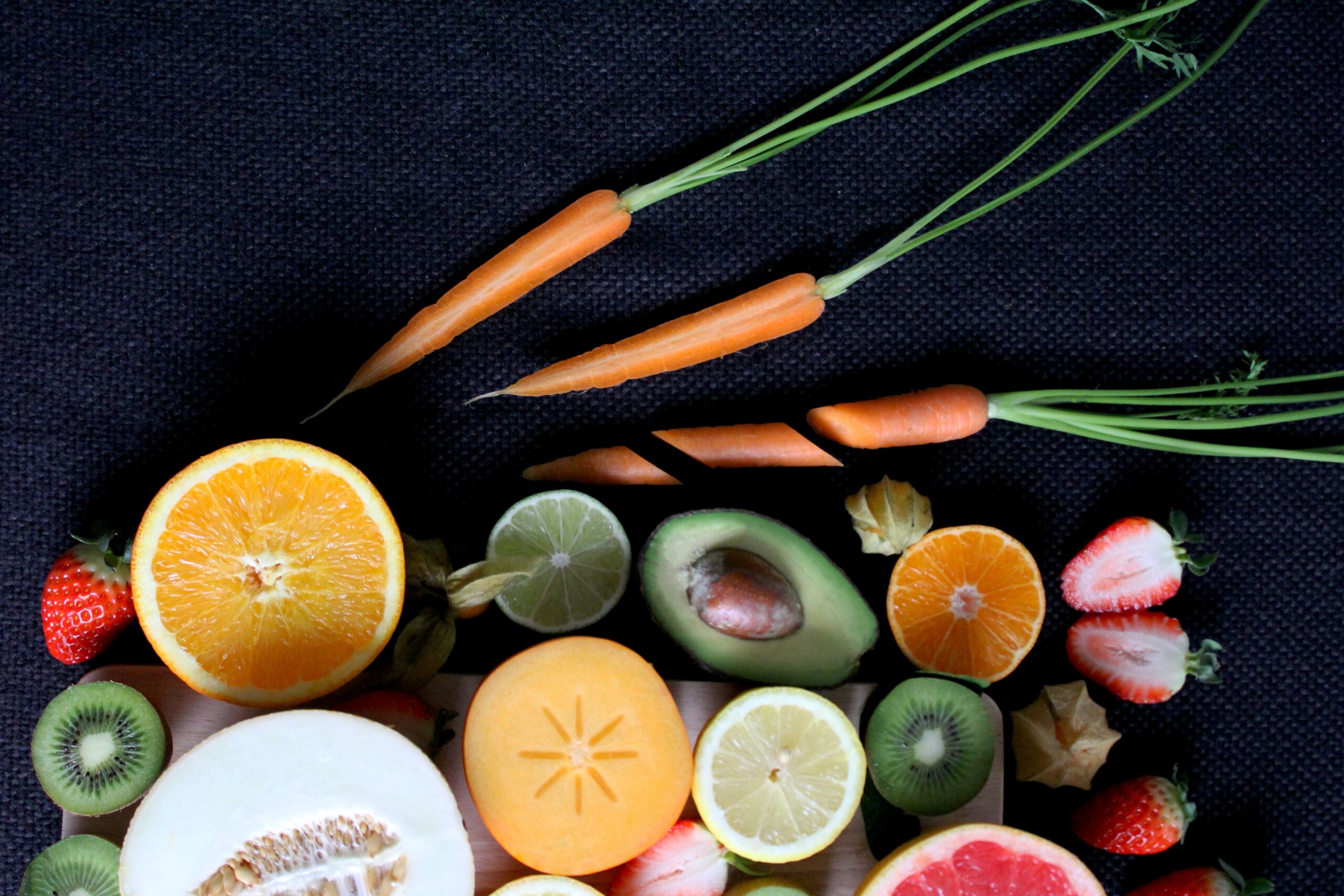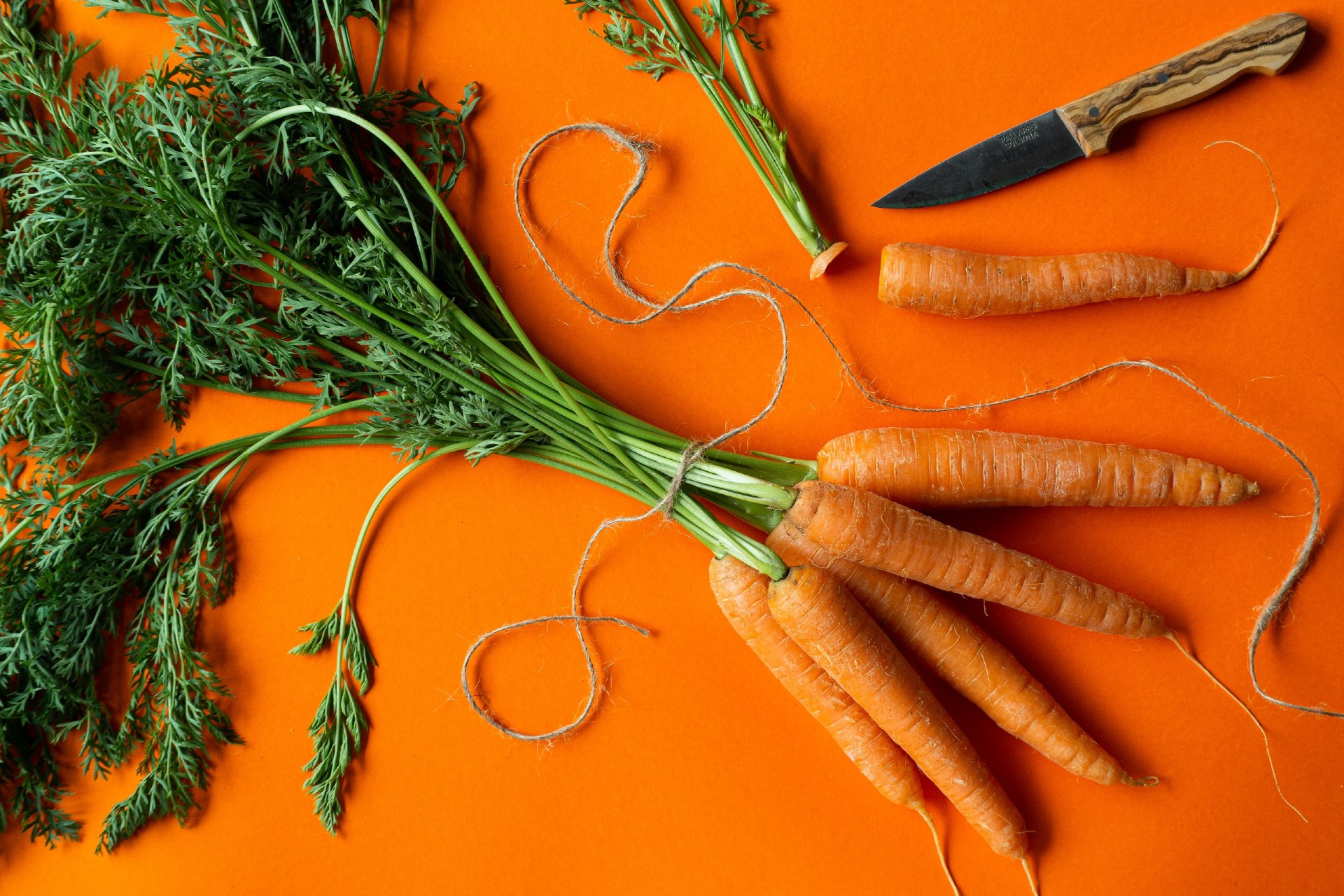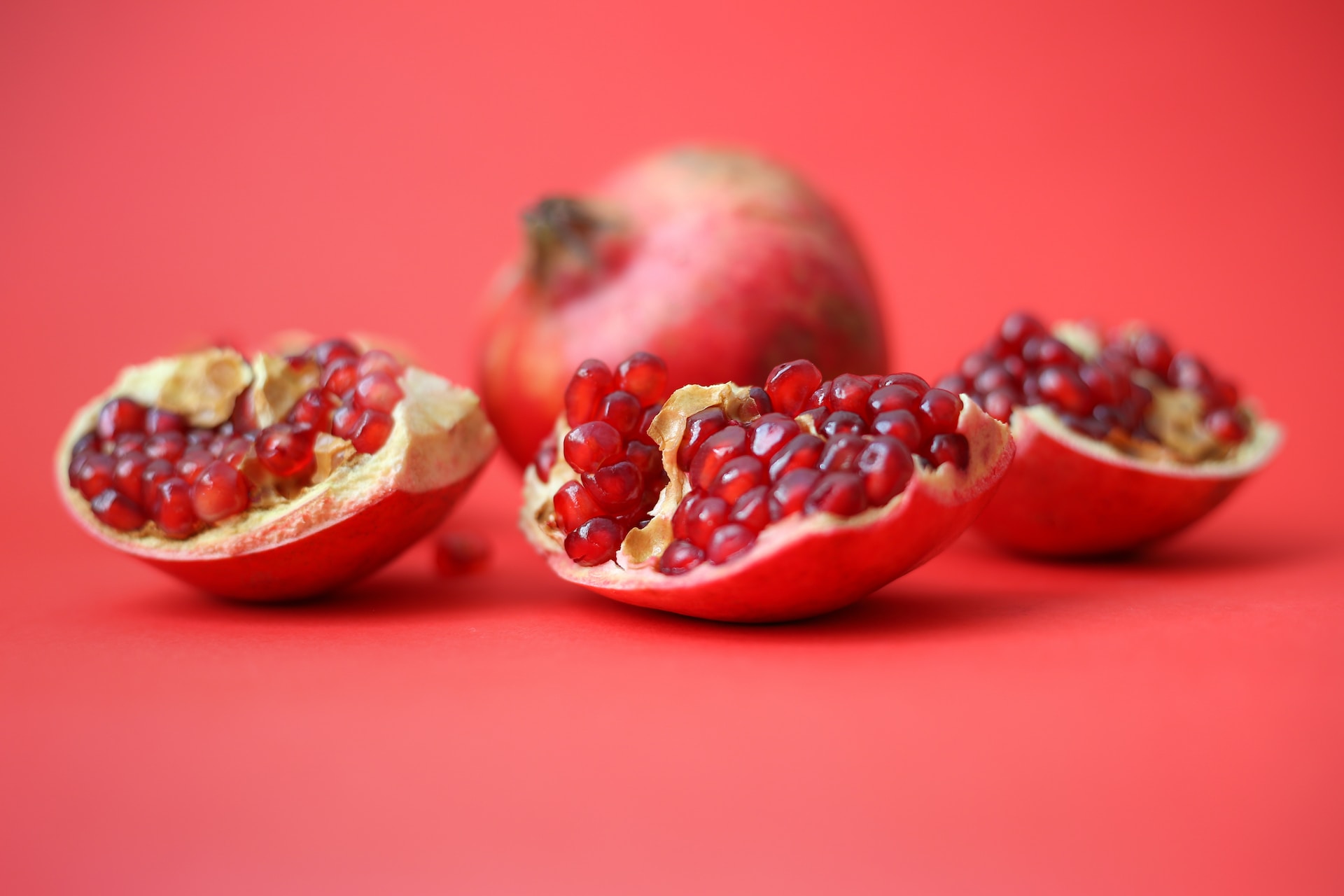
What Produce Has the Least Amount of Pesticides?
We are reader-supported. When you buy through links on our site, we may earn affiliate commission.
Do you know if the fruit you’re eating has pesticides on it? It may be the last thing you want to think about when biting into fresh fruit, but it’s important. Knowing how to get healthy options can help ease your mind. So, what produce has the least amount of pesticides?
Are Pesticides Bad for You?
The agriculture industry uses pesticides to control the spread of crop disease, get rid of pests and stop weeds from growing. It has more specific uses, but these are the primary ones. After they spray their fields, trace amounts sometimes stay on the produce.
Different kinds affect people differently, but they’re essentially poison — it’s not good to ingest any of them. They can cause skin irritation and sickness temporarily. In the long term, they might even cause cancer. Although most people aren’t exposed enough to feel the effects, it’s better to avoid eating them.
Why Do Farmers Still Use Pesticides?
If pesticides are so bad, then why do farmers keep using them? Well, it turns out they’re kind of necessary. They protect crops from diseases, rodents, and bugs that would otherwise wipe out large portions of the food supply. In fact, farms would produce 78% less fruit if they stopped using pesticides.
They also don’t affect humans too much. Getting a tomato at the store and eating it without rinsing it off is fine for the majority of people. Typically, the benefits of eating fruit and vegetables with trace amounts of pesticides far outweigh the benefits of not eating produce.

What Produce Has the Least Amount of Pesticides?
How can you tell what produce has the least amount of pesticides? You can either source from farmers who you know don’t use them or you can listen to trusted organizations that do their own research. The Environmental Working Group — a nonprofit activist group based in the United States — puts out a list of the cleanest ones every year.
It released its 2023 report, listing pineapple, papaya, honeydew melon, kiwi, mangoes, and watermelon as the fruit with the least pesticides. The vegetables were avocados, sweet corn, onions, frozen sweet peas, asparagus, cabbage, mushrooms, sweet potatoes, and carrots. It gives its rating based on the percentage of residue on each kind of produce. Around 65% of the samples it took of each type had no traces.
The United States Department of Agriculture (USDA) is another trustworthy source to look to. It works with the Environmental Protection Agency (EPA) for the Pesticide Data Program, a project with the purpose of annually reporting the amount of harmful residue on produce.

Their 2021 report — which included about 50% of the nation’s population from each region in the United States — found that 24% of samples had no residue, and almost all had trace amounts below the EPA’s guidelines. Very tiny amounts pose no harm to humans, so the government and agriculture industry consider it acceptable.
Even though most people think of berries as one of the worst things you can get if you’re trying to avoid pesticides, they actually tested fine. Blueberries were actually a fruit with the least pesticides.
They found similar results when they sampled cantaloupe, peaches, pears, plums, and tangerines. Vegetable lovers can rejoice because broccoli, celery, cauliflower, eggplant, green beans, sweet bell peppers, and squash were also residue-free or close to it.
Various organizations may tell you different things, so it’s always good to double-check your information. The best thing you can do is clean your fruit thoroughly if you can’t confirm firsthand that your produce is free of pesticides.

Can You Keep Produce Pesticide Free?
So what should you do if you can’t get ahold of the fruit with the least pesticides? Here are a few tips and alternatives you can try to keep your food safe to eat.
- Wash Fruit and Veggies
You may already know about the baking soda trick if you live sustainably. It’s safe to ingest, so you can feel comfortable using it on the food you’re about to eat. You can get rid of up to 99% of pesticides by adding one teaspoon to two cups of cold water. Your produce should sit in the baking soda bath for a minute before they’re ready for rinsing and eating. It works like magic for most household chores, so it should be no surprise that it can handle this type of thing.
- Get Organic Produce
Looking for organic options may be easier than wondering what produce has the least amount of pesticides. You can usually tell if produce is organic by specific labels or stickers. For example, the USDA has a badge it puts on organic produce grown without pesticides. It’s
- Grow Your Own
Growing your own food is a sure bet you won’t consume pesticides. Only some large-scale farms can grow organically because it is a very involved process, which leads to produce being 15% to 100% more expensive than non-organic options. Planting your own is a win-win because you can be sure about it and save money in the process. Sourcing organic seeds for some things might be a bit challenging, but it should be reasonably simple.

Is Organic the Best Option?
When you think about it, the word “organic” seems a bit vague. The United States government regulates that farmers who use it must grow their crops without synthetic pesticides, but it doesn’t ban their use altogether. You might still encounter produce with residue even if you keep an eye out for organic options.
Most farmers use pesticides. You might assume that the word “organic” means the opposite, but it just means that farms have to use naturally-occurring treatments on their crops. A lot of it is better than the alternative, but it still may be harmful if ingested. Be mindful that you should still wash everything before eating it.
Pesticide-Free Produce
Pesticides are a necessary part of the agriculture industry for the time being, so it’s good to know how you can keep your produce pesticide-free. You might not be able to know if it is right off the bat, but there are plenty of ways you can be sure it’s clean before you take a bite.
Share on
Like what you read? Join other Environment.co readers!
Get the latest updates on our planet by subscribing to the Environment.co newsletter!
About the author
Jane Marsh
Starting from an early age, Jane Marsh loved all animals and became a budding environmentalist. Now, Jane works as the Editor-in-Chief of Environment.co where she covers topics related to climate policy, renewable energy, the food industry, and more.





